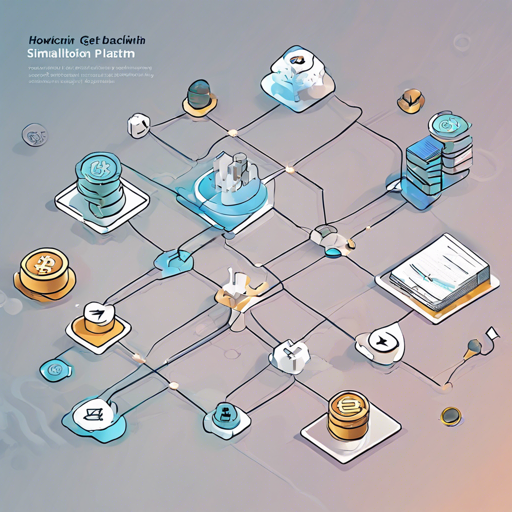Welcome to the world of blockchain simulation! In this article, we will guide you through setting up Simcoin, a powerful tool designed to facilitate realistic simulations of blockchain networks, currently supporting only Bitcoin. By using simulation software, you can create and manage a virtualized blockchain network on a single Unix host machine.
Prerequisites
Before diving into the setup process, ensure you have the following prerequisites installed on your machine:
- Python 3
- Docker
- R Markdown
- pip3
- make
- R
Getting Started
To start using Simcoin, follow these steps:
- Clone the Simcoin repository:
- Change the directory to Simcoin:
- Run the installation command:
- Build the simulation image:
- Run a demo simulation:
- Checkout the results:
git clone https://github.com/simonmulsersimcoin.gitcd simcoinmake installIf the command fails, make sure to check the output. You may need to install additional dependencies depending on your operating system.
make build-imageIt’s recommended to use multiple threads while building this image. For more details, check the Dockerfile under the code directory.
make demodatalast_runAlso, review the generated report:
datalast_run/postprocessing/report.pdfPerformance Monitoring
While running your simulations, it is crucial to monitor the host machine closely. Keep an eye on the following:
- Utilization of RAM
- CPU Usage
- Disk Activity
- Network Activity
Also consider controlling the logs created by the host system using dmesg, as well as the logs produced by the simulation framework:
datadebug.logdatalast_run/node-X/debug.log
Troubleshooting
If you encounter issues during simulation, here are a few troubleshooting tips:
- If you face an ARP-cache overflow, consider increasing the ARP-cache in your kernel messages using
dmesg. - To improve performance, try running the entire simulation in RAM using
tmpfs. - If performance is still lacking, consider using a better host machine!
For more insights, updates, or to collaborate on AI development projects, stay connected with fxis.ai.
Future Outlook
Simcoin has exciting potential for improvement and expansion. Possible enhancements include:
- Improving performance and stability by using Unix domain sockets for host to peer communication.
- Sustaining different blockchain projects such as Ethereum or Litecoin.
- Utilizing the ELK-Stack to parse, store, and analyze the log files.
- Leveraging Kubernetes to orchestrate containers.
Conclusion
At fxis.ai, we believe that such advancements are crucial for the future of AI, as they enable more comprehensive and effective solutions. Our team is continually exploring new methodologies to push the envelope in artificial intelligence, ensuring that our clients benefit from the latest technological innovations.

